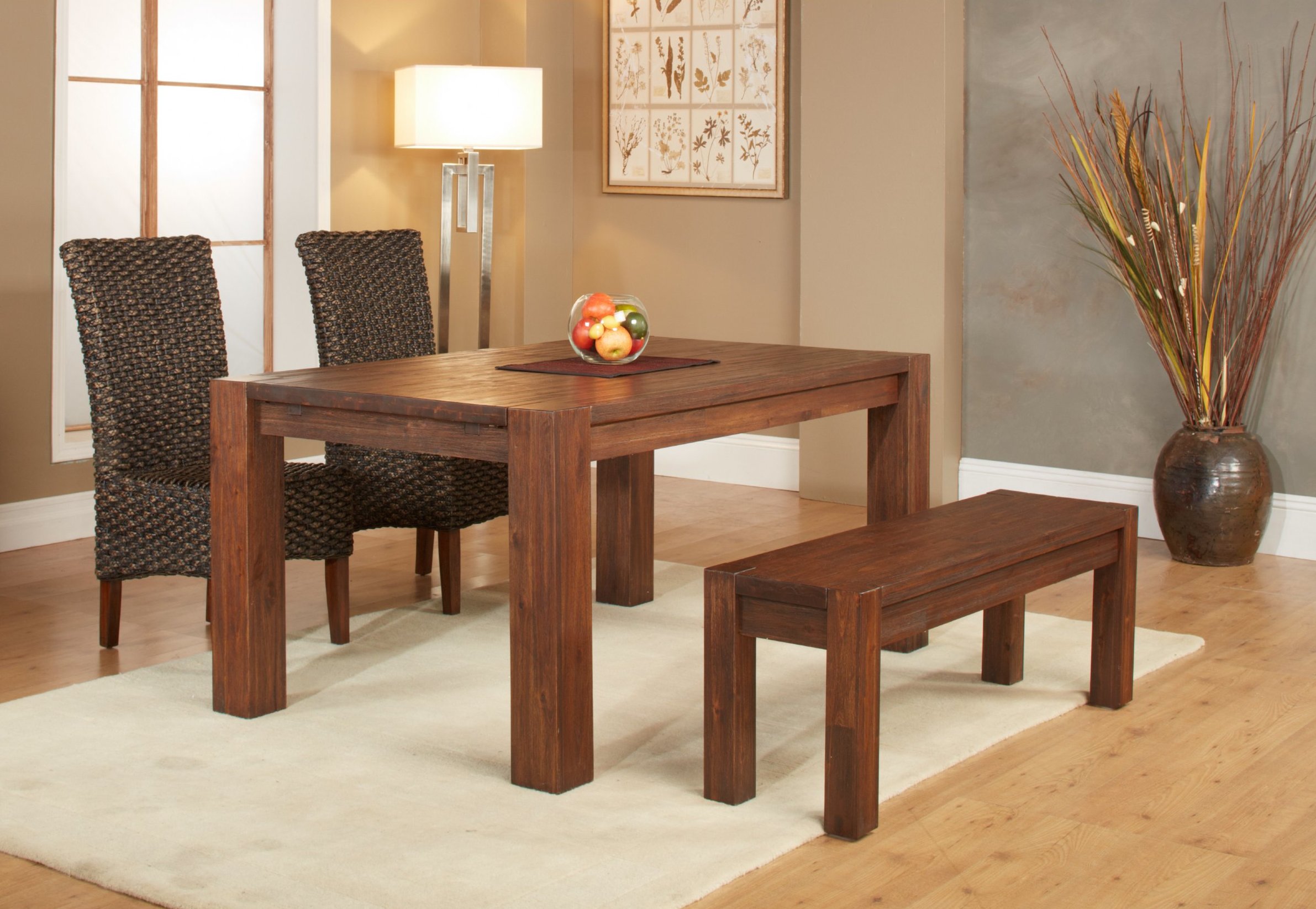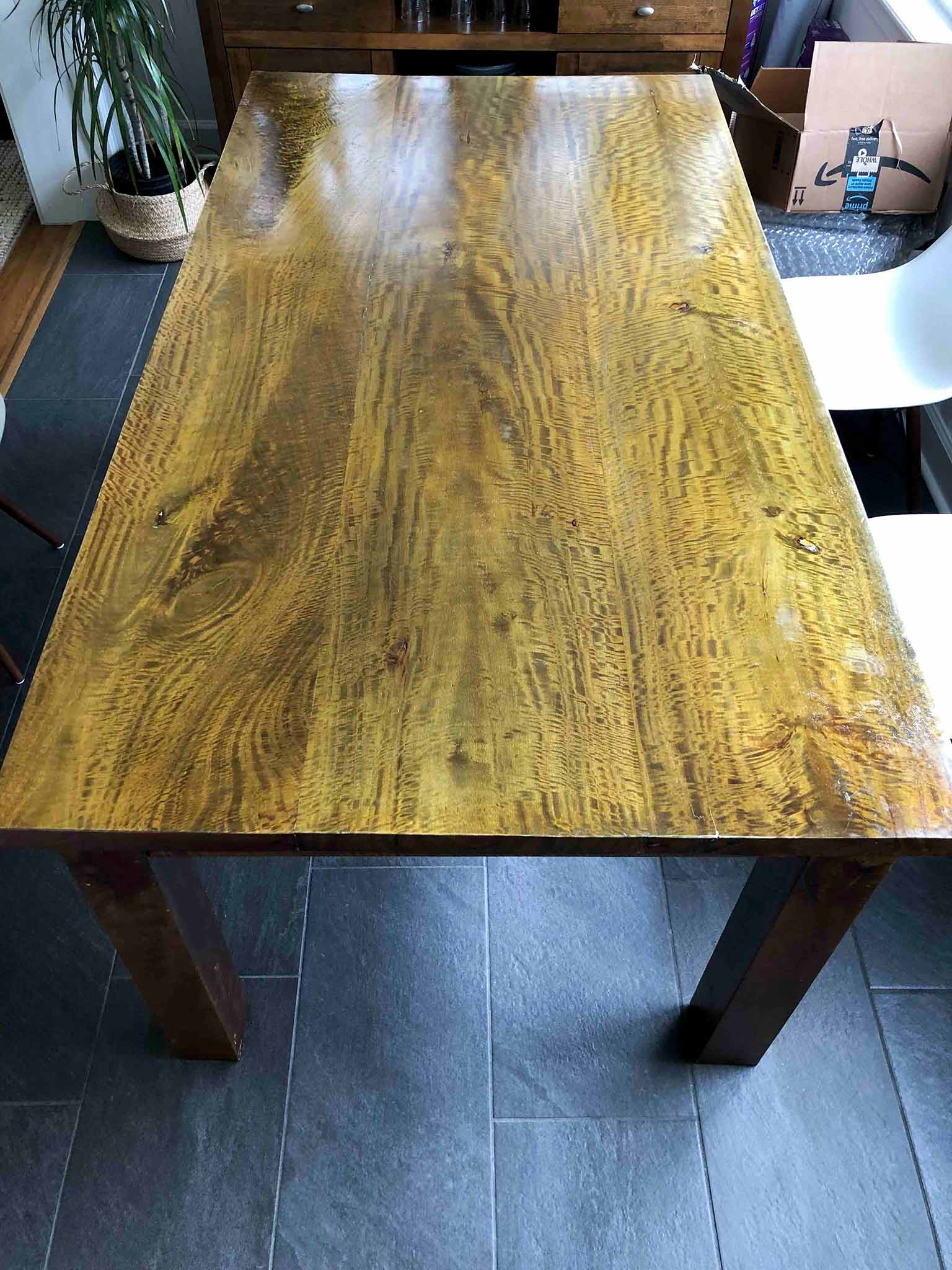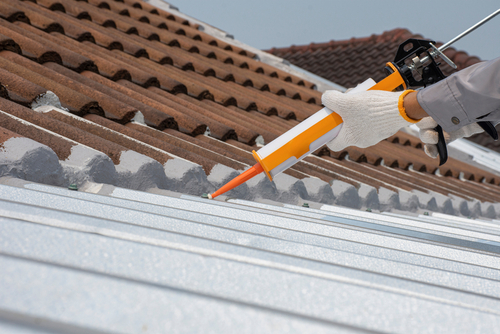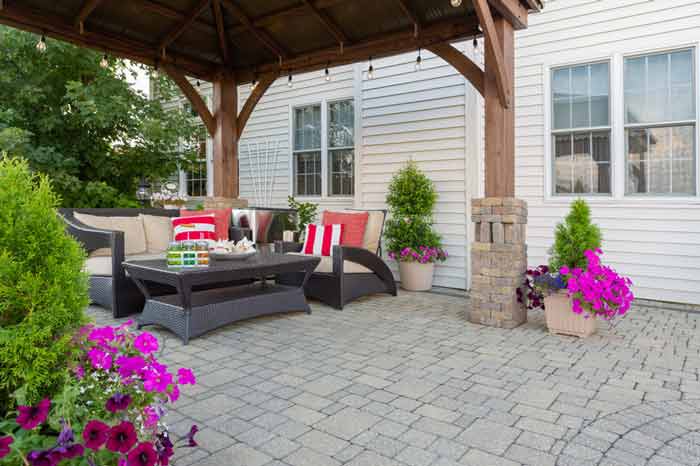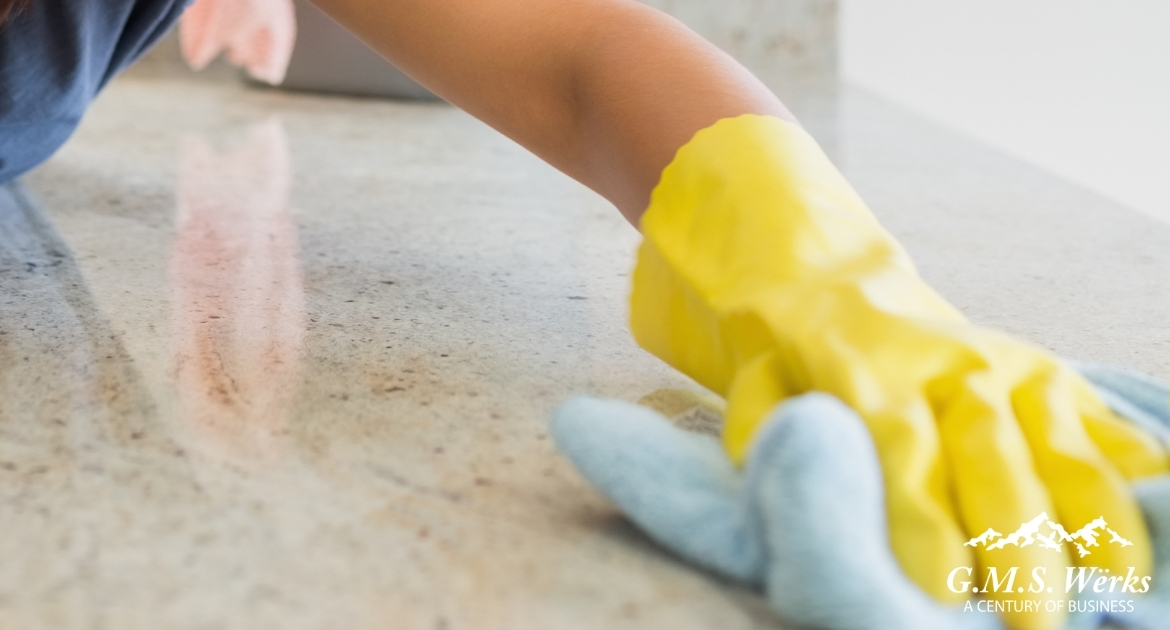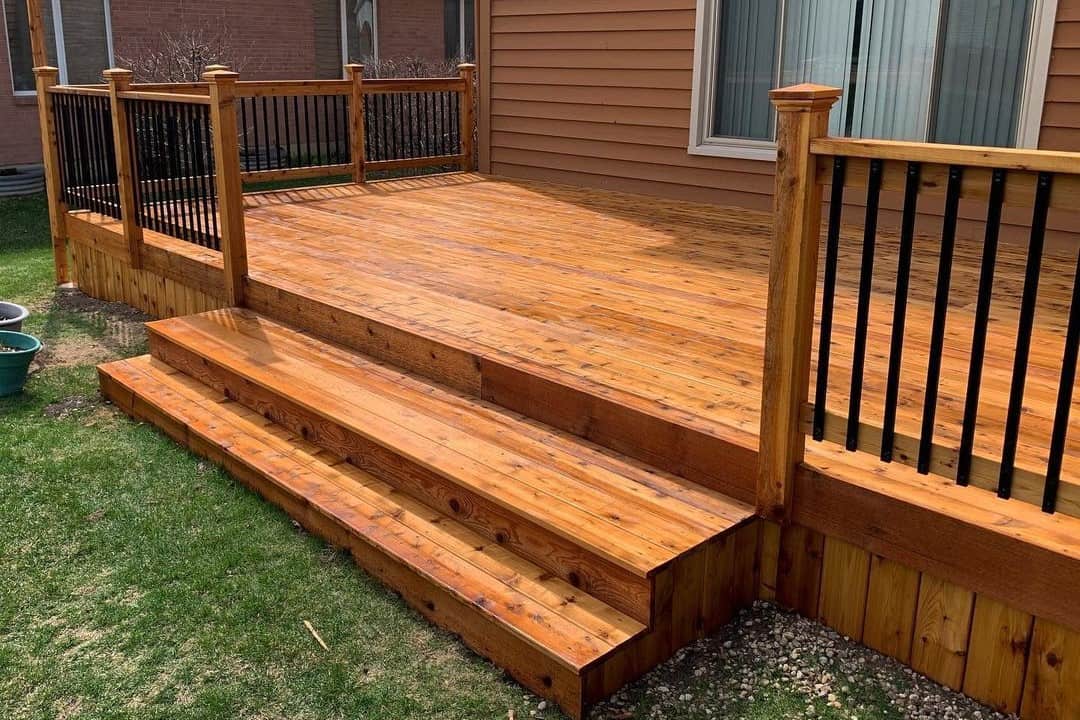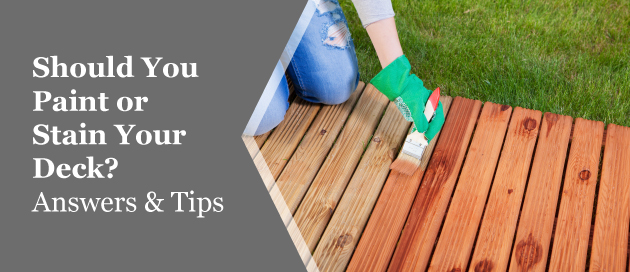When it comes to dining room tables, they are not just a piece of furniture, but an investment. Whether it's a family heirloom or a brand new purchase, you want to ensure that your dining table lasts for years to come. One of the best ways to protect your investment is by sealing it. Sealing provides a protective layer that helps to prevent damage from spills, scratches, and everyday wear and tear. But what is the best way to seal a dining room table? Let's find out.Sealing a Dining Room Table: The Best Way to Protect Your Investment
Sealing a dining room table may seem like a daunting task, but with the right tools and techniques, it can be a simple DIY project. Here's a step-by-step guide to help you seal your dining room table: Step 1: Prepare the surface of your dining room table by sanding it lightly. This will help to remove any imperfections and create a smooth surface for the sealer to adhere to. Step 2: Clean the table thoroughly with a damp cloth to remove any dust or residue from sanding. Step 3: Choose a high-quality sealer that is suitable for your type of dining room table. For example, if you have a wooden table, choose a sealer specifically designed for wood. Step 4: Apply the sealer evenly with a brush or a lint-free cloth, following the manufacturer's instructions. Make sure to cover the entire surface of the table, including the edges and legs. Step 5: Let the sealer dry completely before applying a second coat. This will ensure a more durable finish. Step 6: After the final coat has dried, lightly sand the surface with a fine-grit sandpaper to remove any bubbles or imperfections. Step 7: Apply a final coat of sealer and let it dry completely before using your newly sealed dining room table.How to Seal a Dining Room Table: A Step-by-Step Guide
Not all sealers are created equal, and choosing the right one is crucial for the longevity of your dining room table. Here are our top picks for sealants: 1. Polyurethane Sealant: This is a popular choice for sealing dining room tables. It provides a durable and waterproof finish, making it ideal for everyday use. 2. Tung Oil: For those looking for a more natural option, tung oil is a great choice. It provides a beautiful, matte finish and is also water-resistant. 3. Epoxy Resin: This is a more advanced option, but it provides a thick, glossy finish that is highly durable and resistant to heat and scratches.Top Sealants for Dining Room Tables: Our Picks
Now that you know how to seal a dining room table, the question is, should you do it yourself or hire a professional? The answer ultimately depends on your level of comfort and expertise. If you have experience with DIY projects and feel confident in your abilities, then sealing your dining room table yourself can save you money. However, if you are unsure or have a valuable antique table, it may be best to leave it to the professionals.DIY vs Professional: Which is the Best Way to Seal a Dining Room Table?
Here are some additional tips and tricks to help you achieve a perfect finish when sealing your dining room table: 1. Choose a well-ventilated area: Sealing can release strong fumes, so make sure to work in a well-ventilated space. 2. Use multiple thin coats: It's better to apply multiple thin coats of sealer rather than one thick coat to avoid bubbles and drips. 3. Sand between coats: Sanding between coats will help to create a smooth and even finish. 4. Follow the instructions: Be sure to read and follow the manufacturer's instructions for the best results.Sealing a Dining Room Table: Tips and Tricks for a Perfect Finish
As mentioned earlier, not all sealers are suitable for all types of dining room tables. Here are some of the best sealers for different types of tables: 1. Wood tables: Polyurethane, tung oil, or wax sealants are all great choices for wooden dining tables. 2. Glass tables: A glass-specific sealant will provide a long-lasting and streak-free finish for glass tables. 3. Marble tables: A stone sealer will help to protect and enhance the natural beauty of marble dining tables.Best Sealers for Different Types of Dining Room Tables
While sealing a dining room table may seem like a simple task, there are some common mistakes that can lead to less-than-perfect results. Here are some mistakes to avoid: 1. Rushing the process: Take your time when sealing your table to ensure a smooth and even finish. 2. Using the wrong type of sealer: Make sure to choose a sealer that is suitable for your type of dining room table. 3. Skipping the sanding step: Sanding helps to create a smooth surface for the sealer to adhere to, so don't skip this step.Sealing a Dining Room Table: Common Mistakes to Avoid
The frequency of sealing your dining room table will depend on the type of sealer used and the amount of use the table receives. In general, it's recommended to seal your table every 1-2 years to maintain its protective layer.How Often Should You Seal Your Dining Room Table?
Aside from sealing, some may also consider staining their dining room table to enhance its appearance. While staining can add a new color or finish to the table, it does not provide the same level of protection as sealing. Therefore, it's best to seal your table first, then consider staining if desired.Sealing vs Staining: Which is the Best Way to Enhance Your Dining Room Table?
In conclusion, sealing your dining room table is essential for protecting your investment. It not only helps to prevent damage from spills and scratches but also enhances the overall appearance of your table. By following the right steps and using the best sealant for your table, you can ensure that your dining room table will last for years to come.Protecting Your Dining Room Table: Why Sealing is Essential
The Importance of Sealing Your Dining Room Table

Protecting Your Investment
 When designing your dining room, the table is often the main focal point. It's where you gather with family and friends to share meals, conversations, and memories. As such, it's important to protect this piece of furniture that holds so much sentimental value.
Sealing a dining room table is essential in maintaining its longevity and preserving its appearance.
When designing your dining room, the table is often the main focal point. It's where you gather with family and friends to share meals, conversations, and memories. As such, it's important to protect this piece of furniture that holds so much sentimental value.
Sealing a dining room table is essential in maintaining its longevity and preserving its appearance.
Preventing Damage
 Without proper sealing, your dining room table is vulnerable to a variety of potential damages.
Stains, scratches, and water damage are all common issues that can easily occur without a protective sealant.
These damages not only affect the appearance of your table but can also compromise its structural integrity. By sealing your dining room table, you can prevent these damages and extend the life of your furniture.
Without proper sealing, your dining room table is vulnerable to a variety of potential damages.
Stains, scratches, and water damage are all common issues that can easily occur without a protective sealant.
These damages not only affect the appearance of your table but can also compromise its structural integrity. By sealing your dining room table, you can prevent these damages and extend the life of your furniture.
Choosing the Right Sealant
 When it comes to sealing your dining room table, there are several options to consider.
Oil-based, water-based, and polyurethane sealants are all popular choices.
Each type has its own benefits and drawbacks, so it's important to do your research and choose the one that best suits your needs.
Oil-based sealants provide a natural, warm finish, while water-based sealants dry quickly and are more environmentally friendly.
Polyurethane sealants offer a durable, long-lasting finish but can be more difficult to apply.
When it comes to sealing your dining room table, there are several options to consider.
Oil-based, water-based, and polyurethane sealants are all popular choices.
Each type has its own benefits and drawbacks, so it's important to do your research and choose the one that best suits your needs.
Oil-based sealants provide a natural, warm finish, while water-based sealants dry quickly and are more environmentally friendly.
Polyurethane sealants offer a durable, long-lasting finish but can be more difficult to apply.
The Sealing Process
 Once you have chosen the right sealant for your dining room table, it's important to properly prepare the surface before application.
Make sure to sand down any rough spots and clean the table thoroughly to ensure a smooth and even finish.
When applying the sealant, be sure to follow the manufacturer's instructions carefully and apply multiple coats for maximum protection.
Once you have chosen the right sealant for your dining room table, it's important to properly prepare the surface before application.
Make sure to sand down any rough spots and clean the table thoroughly to ensure a smooth and even finish.
When applying the sealant, be sure to follow the manufacturer's instructions carefully and apply multiple coats for maximum protection.
Maintaining Your Sealed Table
 Finally, to ensure your dining room table stays protected, it's important to
regularly clean and maintain the sealant.
Avoid using harsh chemicals or abrasive cleaners that can strip away the sealant and damage the wood. Instead, opt for gentle, non-toxic cleaners and use coasters or placemats to prevent scratches and water damage.
Sealing your dining room table is a crucial step in maintaining its beauty and durability. By choosing the right sealant and following proper application and maintenance techniques, you can
protect your investment and enjoy your dining room table for years to come.
Finally, to ensure your dining room table stays protected, it's important to
regularly clean and maintain the sealant.
Avoid using harsh chemicals or abrasive cleaners that can strip away the sealant and damage the wood. Instead, opt for gentle, non-toxic cleaners and use coasters or placemats to prevent scratches and water damage.
Sealing your dining room table is a crucial step in maintaining its beauty and durability. By choosing the right sealant and following proper application and maintenance techniques, you can
protect your investment and enjoy your dining room table for years to come.










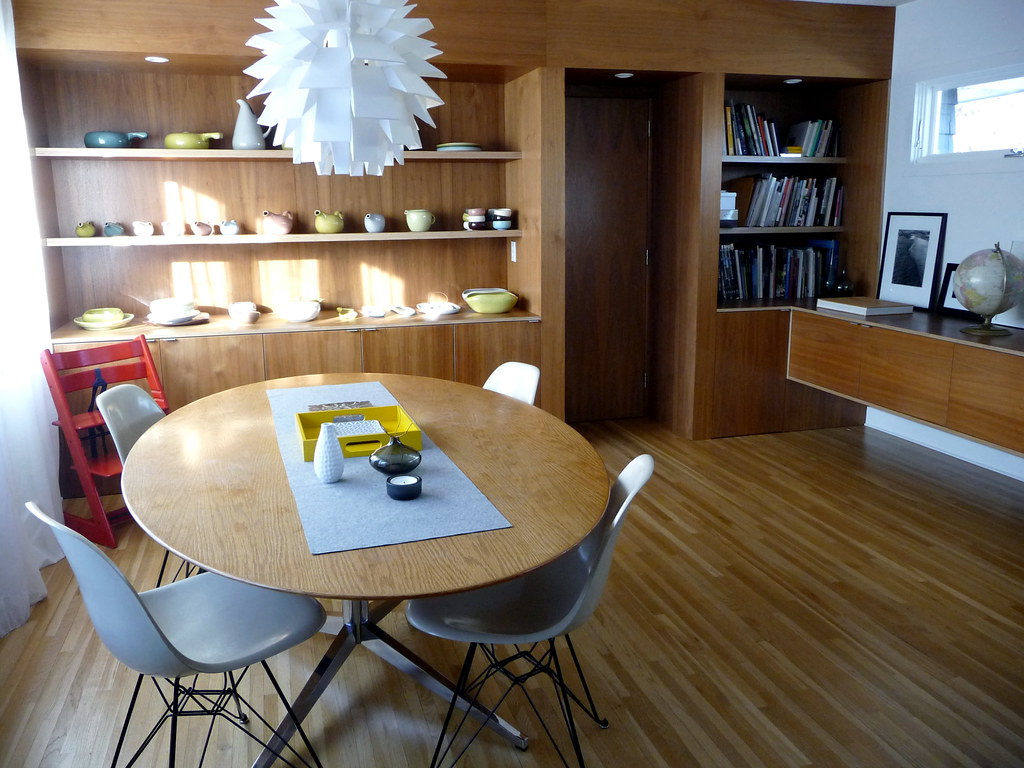


























:max_bytes(150000):strip_icc()/hot-to-hang-a-chandelier-1976284-GIF-V4-f1d9285bc97d4dbab70cdbfacf3caf01.gif)









